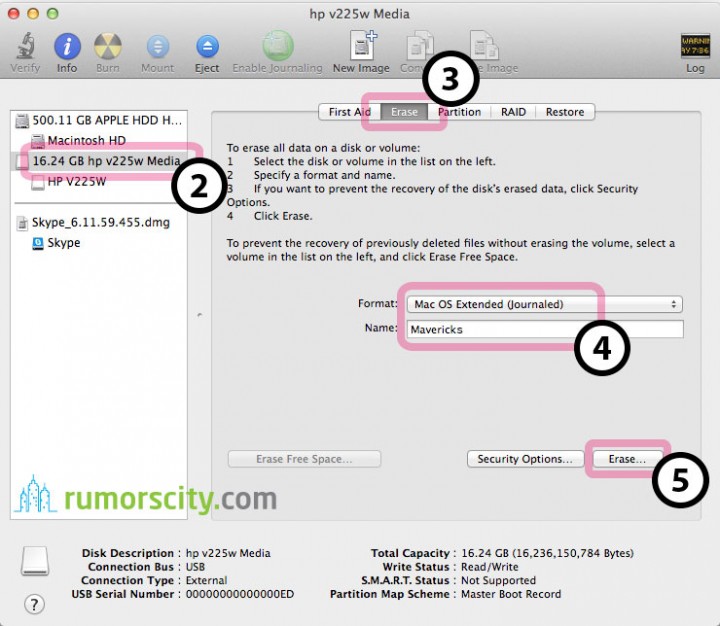

Older Mac devices running on OSX Snow leopard or prior do not have a recovery partition.
Select the removable media and boot into Mac OS. At the startup, immediately press the Options Key and hold it for a few seconds until you see the Startup Manager screen. Choose the option to Allow booting from external or removable media. Go to Utilities > Startup Security Utility from the Menu. Select the User and enter the login credentials. When you see the Apple logo, Press Command + R for a few seconds. Fortunately, you can enable this option from the Startup Security Utility. 
Allow Booting From USBĪs a security feature, macOS disables the ability to boot from any external or removable media by default. Note: The USB flash drive must have a minimum storage capacity of 14 GB and be formatted with a GUID partition along with a Mac extended (journaled) format.
Change the file system Format to Mac OS Extended (Journaled) and set the scheme to GUID partition Map. Click on the Erase tab from the ribbon bar. Press Command + Space, type Disk Utility and open the application. Follow these steps to format the USB flash drive with the specified file system. Format USB DriveĪs a further precaution, make sure the USB drive you’re using is not formatted with the MBR partition type, which is typically the default one on a new USB. For instance, if you have a Macbook from before 2015, you should use macOS Monterey rather than the newly released versions. So, use the appropriate USB drive in accordance with the support offered by the ports on your device.Īdditionally, it is advised to make a bootable drive with a Mac OS version that is compatible with the Mac device you are using. If you use the latest generation USB drives on an older Mac device, the system may not recognize them. You can connect a spare flash drive to check the USB port’s functionality. 
First, ensure the USB flash drive is properly connected and functional.







 0 kommentar(er)
0 kommentar(er)
